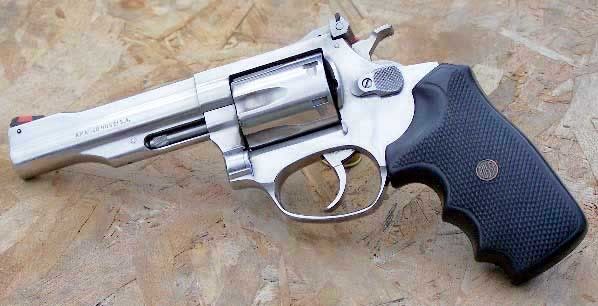http://san1.atlanta.gbhinc.com/GB/088517000/88517938/pix1168787515.jpg
Can any of you tell me anything about the safety or lack thereof on this revolver? Until I take possession of it I am searching for any info you might want to offer me. On another forum it was suggested that it might have a firing pin mounted on the hammer AND a cross bar safety. It would seem to me from my other pistols or revolvers that it can not have both.
Thanks for your help.
Can any of you tell me anything about the safety or lack thereof on this revolver? Until I take possession of it I am searching for any info you might want to offer me. On another forum it was suggested that it might have a firing pin mounted on the hammer AND a cross bar safety. It would seem to me from my other pistols or revolvers that it can not have both.
Thanks for your help.





